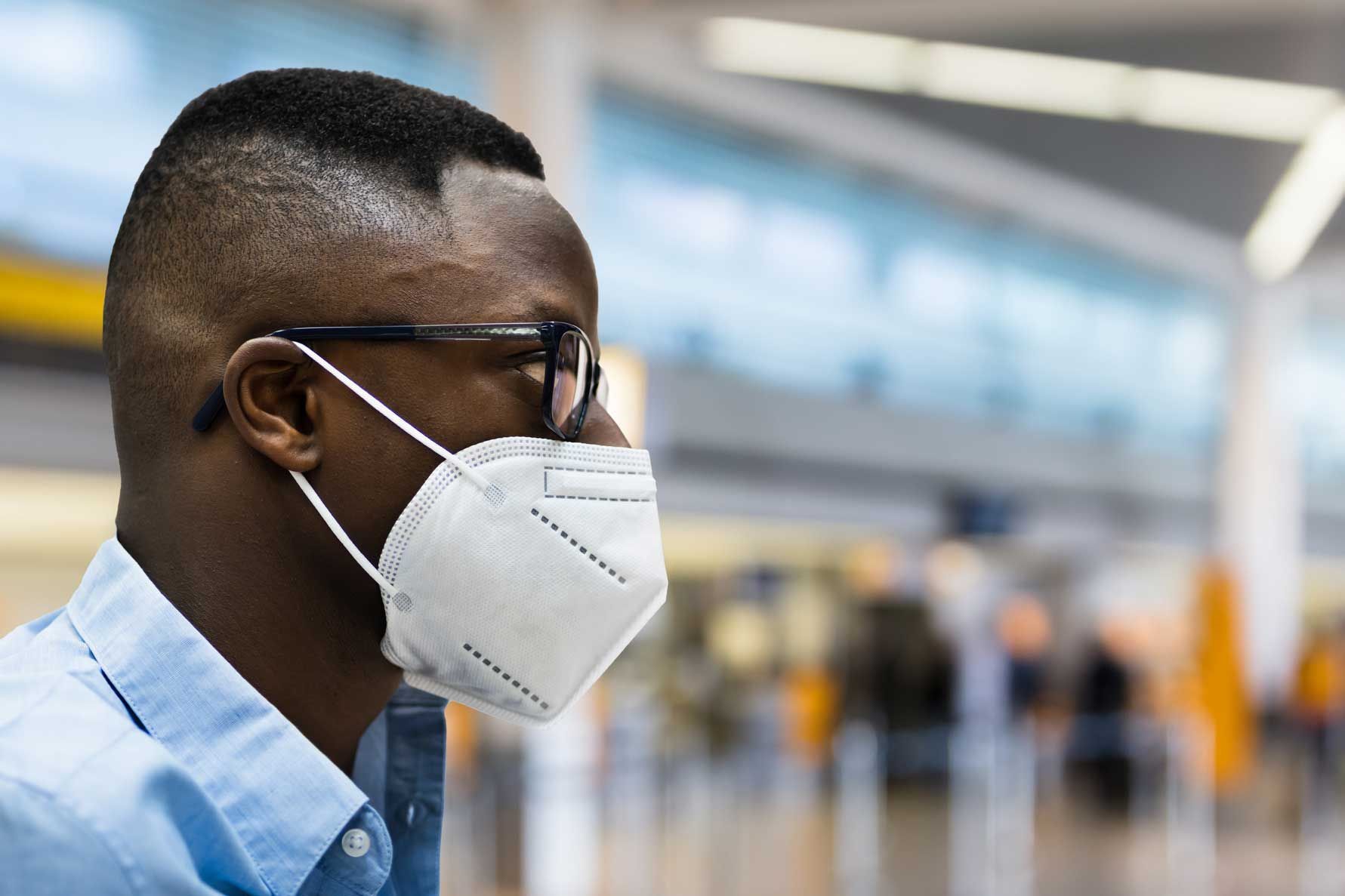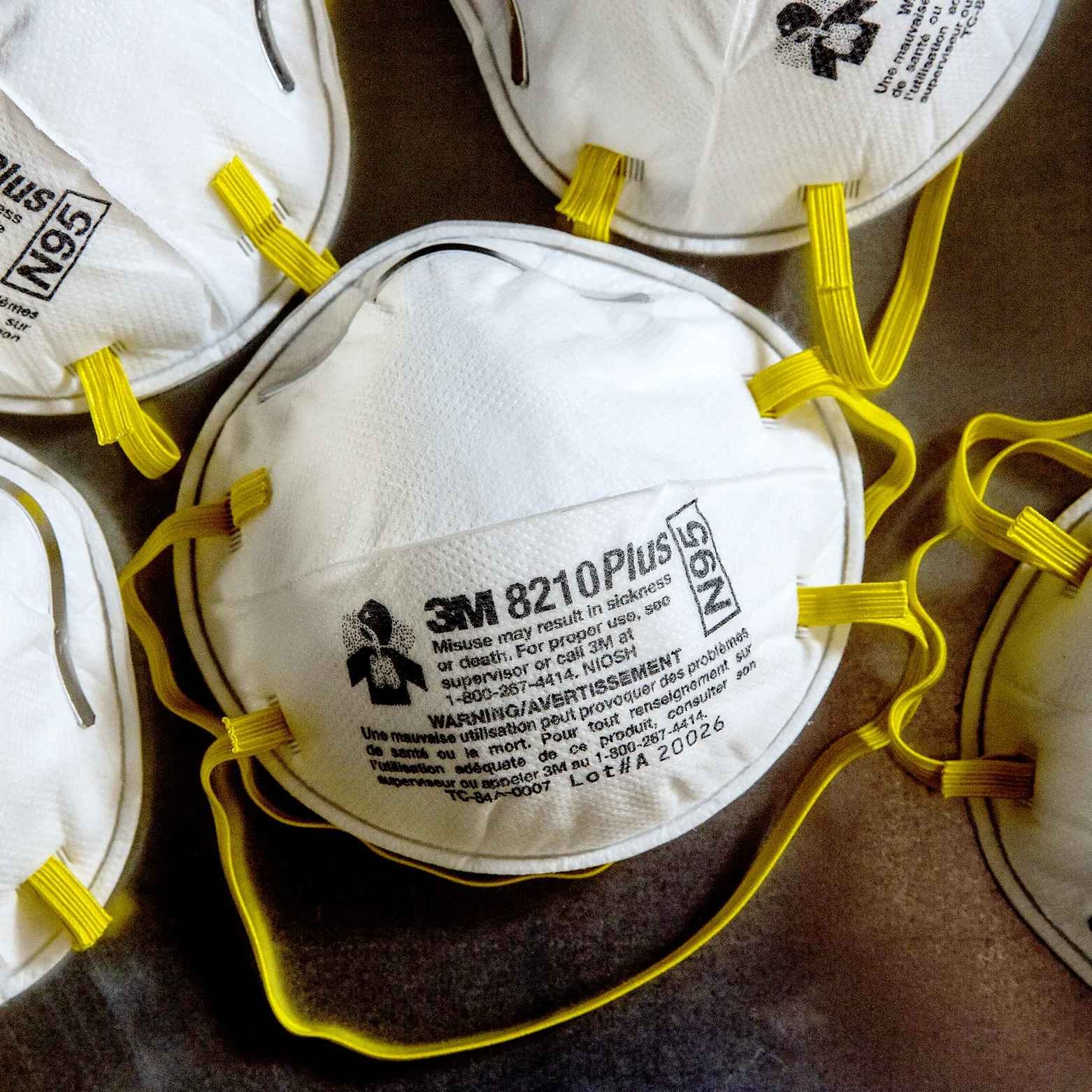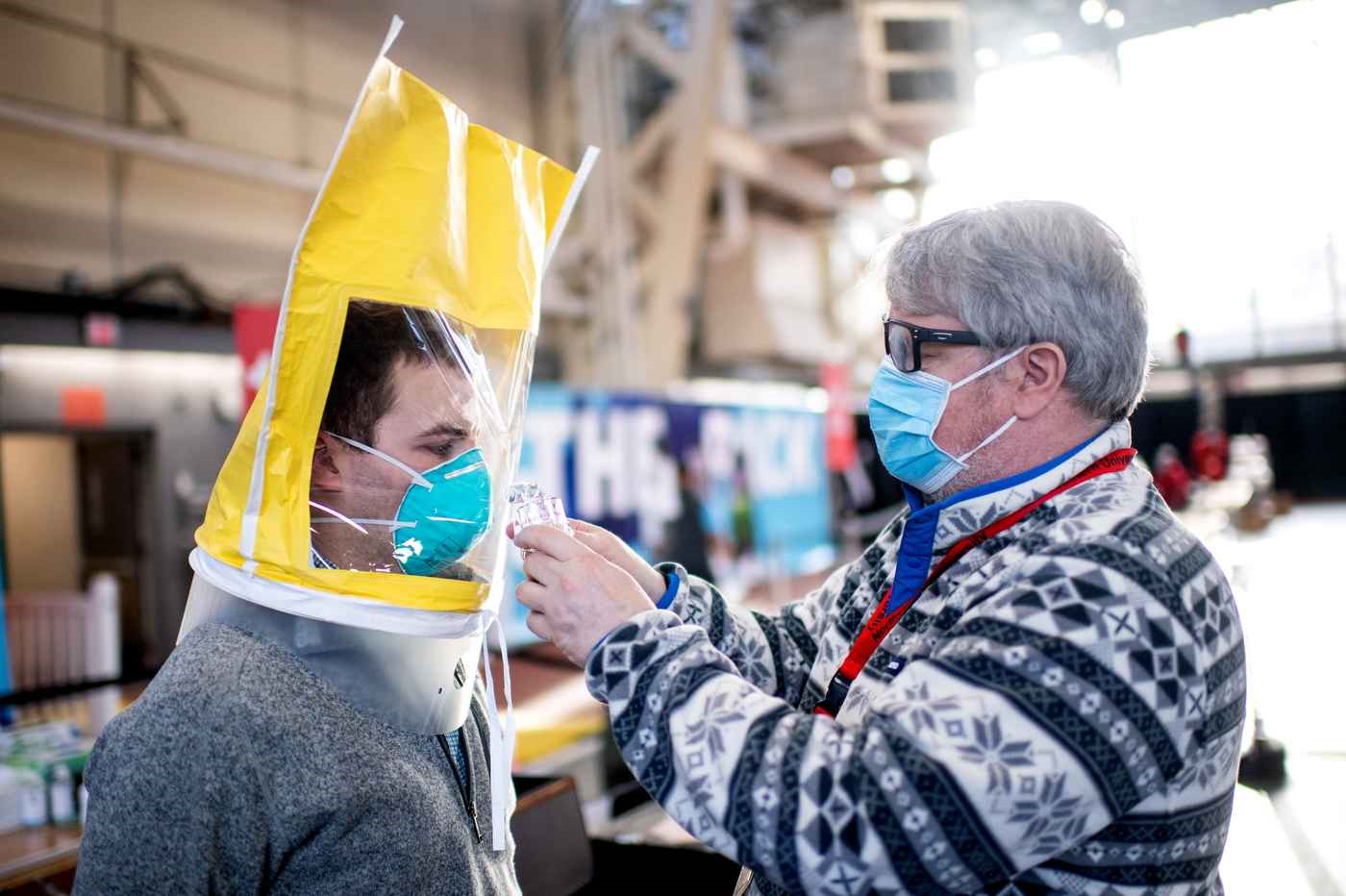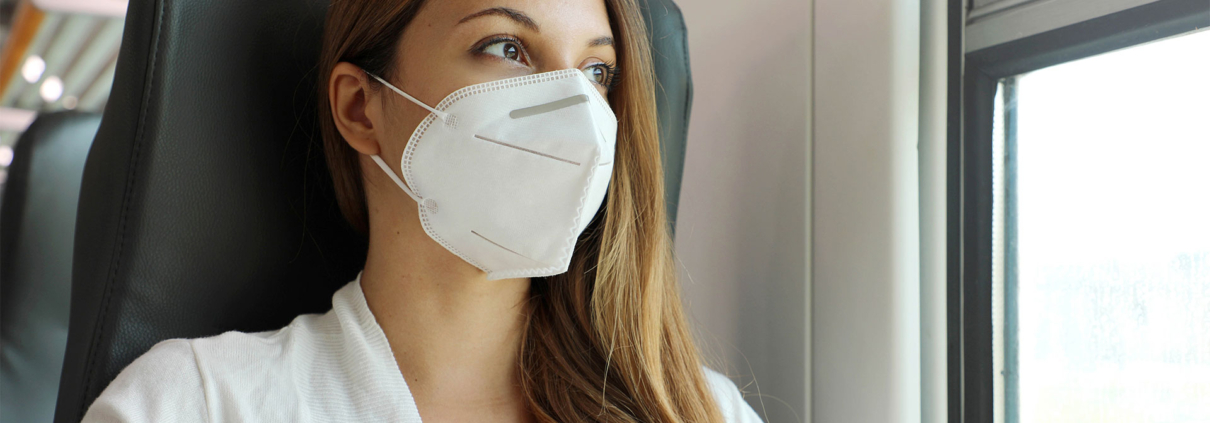A Guide to Mask Fit Testing
What does a Mask Fit Test mean?
Whether you need a mask or respirator for work or for school, having a mask that fits properly is regulatory requirement otherwise, “the law”. It is not enough to get any mask and attempt to fit it yourself. You must have a mask with the correct size for your face AND it needs to be “mask fit tested” or “respirator fit tested” or “3M fit tested” by a certified mask fit professional. Simply locate a mask fit testing near you and attend one of their sessions.
The Certification Process
A mask fit test certification process is used by a certified professional to confirm that a mask or respirator is properly fitted to its user’s face. One size mask does not fit all! This regulated process will ensure the appropriate face protection is the right size for that person’s face. Faces must be clean shaven to get certified. Unfortunately, there is no exception in Canada or the US. A mask fit test is required for students that are in a specific type of school program and for specific professionals such as nurses, personal support workers, dentists and dental hygienists, , pharma-tech professionals, construction workers, painters, welders, and mining professionals to name a few.
Use a Certified Mask Fit Professional
When performing a mask fit test, a professional will usually employ one of two methods. The first method is known as a qualitative test (QLFT). This type of test will use a more subjective approach, employing the use of a tasting solution and an individual’s taste sensitivity. This test is the most common fit method to do a mask fit test (especially for something like an N95 mask). A qualitative mask test is also quite cost-effective for many professionals in school programs, long-term care, hospitals, dental offices, construction, and manufacturing.
The tasting solution used in the test will be something like the sweet tasting saccharin (benzoic sulfimide) or the bitter tasting Bitrex (denatonium benzoate). The aim is to determine if any leakage is occurring in a fitted respirator. Bitrex tends to give a better visual response because it is so bitter, and saccharin cannot always be used, such as if the person being tested is pregnant.

The second mask fit test method is called quantitative fit test (QNFT) and this will involve a computer readout. Something like a Portacount or Quantafit machine will provide a measurement using the fixed air supply of a respirator. This method will deliver a very accurate and strictly objective reading, but the downside is that the machines are quite expensive to acquire and operate. Regardless of the testing method used, both methods will have their own pros and cons, both are effective tests when requiring a mask fitting test, and they each strive to do the same thing. The aim is to have a respirator that is fitted perfectly to its user’s face, so that any type of air that they come across where they must use the mask, is safely filtered.
What Masks or Respirators can I use?
Disposable Masks
When people get their mask fit tests done, it is most common for them to use either N95 masks, half face respirators, or full-face respirators. Typical masks, for example surgical masks, will mainly protect from droplets containing potentially harmful substances. Protection from airborne particles, however, is questionable. Respirators, meanwhile, specialize in filtering air. They protect against anything airborne. Depending on the respirator, they can also protect against droplets. Respirators achieve optimal results when they are fitted to someone’s face. On a sidenote, both masks and respirators can contain droplets or airborne particles, which can be helpful if you are not feeling well.

Reusable Respirators
As for respirators, there are many respirator types. Respirators can be either reusable or non-reusable, with the latter being what people are most likely to have seen before. Non-reusable respirators include N95 “masks” and KN95 “masks”. NIOSH (National Institute for Occupational Safety and Health) provides classifications for its respirators, using the letters “N”, “R” or “P”, and the numbers “95”, “99” or “100”. “N” means non-resistant to oil-based particles, “R” means resistant, and “P” means oil-proof. The numbers are the particle percentage that a respirator can filter (“100” is more like 99.97%).
Some other countries will use different classification systems for their own respirators (you might have seen KN95 which is China’s version of an N95). Many are comparable to N95 respirators but may follow a different set of approval prerequisites. Reusable respirators are either half-face or full-face. Half face respirators go over the lower portion of one’s face, covering both the nose and mouth. Full-face respirators will cover a good portion of the face, including the eyes.

Who Supplies the Masks or Respirators?
Individuals will usually have to bring their own masks or respirators to a mask fit test. It is common, however, for some mask fit testing services, like MaskFit Plus, to provide masks or respirators that you can purchase and then have fitted. They will fit you to an appropriately sized mask. If you are looking for a reputable respirator product, then 3M is a company that provides many products that are geared towards respiratory protection, such as N95 masks, half-face respirators and full-face respirators. They even have a classification system with NIOSH for their filters and cartridges used in negative-pressure respirators. Any 3M product is an excellent choice as a respirator and you can be sure that they will offer safety and longevity (some respirators will last longer than others, and no respirator will last forever)
What are the Regulations and Staff rights?
Remember that employers must tell you what respirator is required for your workplace, and to ensure that you are mask fit tested. Mask fit tests must be done every two years for the simple reason that your face will change. There is a need for protection in many industries. It’s not just about protecting people from sickness but it’s also about not exposing people to noxious or dangerous airborne particles.
The CSA Standard
If an N95 mask, half-face mask or full-face mask is introduced in the workplace or required for a school program, the user must meet the OHSA (Occupational Health and Safety Act) regulations CAN/CSA Z94.4-18 standard. They must be fit tested to do so. Employers can conduct mask fit testing themselves if there is someone trained to do so. If there is no such person, they must find an alternative method.
The CSA standard is in place to protect workers who are exposed to hazards. It addresses the use of respirators and deal with systems in the workplace that ensure that workers can receive respiratory protection. As with many similar standards, they are continuously reviewed and updated (in this case every five years). The standards are based on the testing requirements developed by NIOSH. For any special criteria specific to firefighting applications, this will be based on the National Fire Protection Association (NFPA) standard.

Where can I get a Mask Fit Test completed?
If you are looking for N95 (3M) mask/respirator fit testing for either yourself or for your employees, just search for mask fit testing in Toronto or mask fit testing Hamilton or just mask fit testing near me. If you are looking for mask fit testing in the greater Hamilton or Toronto area, then MaskFit Plus can assist you.
MaskFit Plus uses a qualitative mask fit test to easily and thoroughly determine whether something like an N95 respirator fits correctly. Again, if N95 masks are used at a place of work, they need to follow the OHSA regulations CAN/CSA Z94.4-18 standard and users need to be fit tested. The CAN/CSA Z94.4-18 standard includes such rules as not having facial hair that interferes with a respirator’s fit, so ensure that this is not an issue to participate in mask fit testing. As a wearer it is your responsibility to properly wear the respirator and address any doubts about how it fits, so that you can know that the fit is correct and that you are safe.





Leave a Reply
Want to join the discussion?Feel free to contribute!